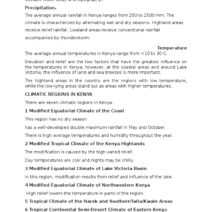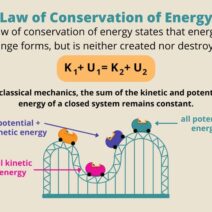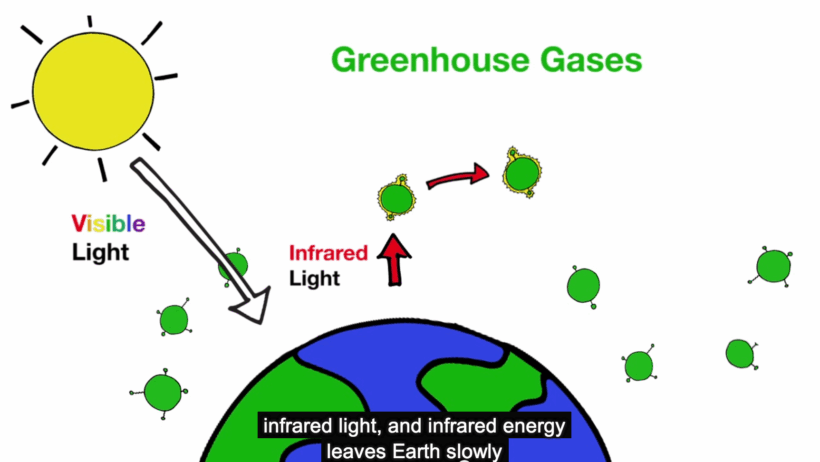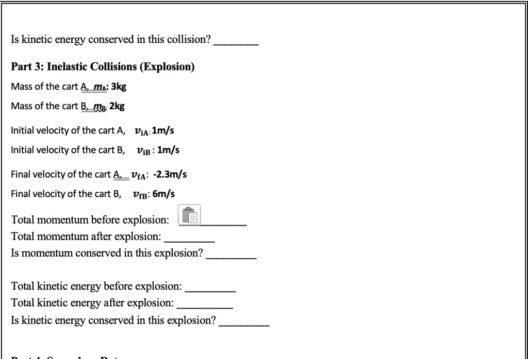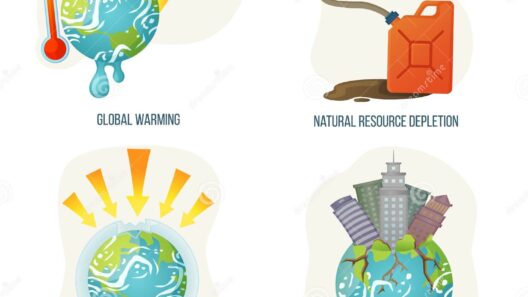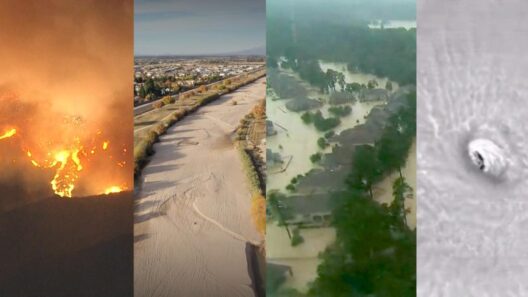Imagine stepping into your car on a sweltering summer day. The sun blazes down, and as you open the door, a rush of hot air escapes. You slide into the leather seats, feeling the heat radiate around you. What if, instead of a car, we consider this scenario as a metaphor for our planet and the effects of global warming? How does your car’s interior illustrate the complex mechanisms behind rising global temperatures?
This analogy emerges when we consider the greenhouse effect, a primary driver of global warming. Much like your car’s interior traps heat, Earth’s atmosphere is enveloped in greenhouse gases—such as carbon dioxide (CO2) and methane—that retain heat from the sun. These gases create a thick blanket that prevents warm air from escaping back into space. Hence, the temperature inside our vehicle mirrors the plight of our planet: both become uncomfortably warm.
Now, let’s delve deeper into the car analogy. Upon starting your vehicle, the engine generates heat. But as you drive, the windows remain sealed, trapping heat. Similarly, in Earth’s atmosphere, human activities—such as burning fossil fuels, deforestation, and industrial processes—release greenhouse gases. But instead of venting out like exhaust fumes, these gases accumulate, intensifying the heat phenomenon, akin to a bag of warm air inside your car.
What happens when you get in a hot car on a sunny day? You will likely reach for the air conditioning and roll down the windows to let some fresh air in. This action may seem straightforward; however, it highlights a crucial challenge we face on a global scale. What if we could “roll down the windows” of our atmosphere, releasing the trapped heat of greenhouse gases? The answer is not as simple as it appears. While decreasing emissions is imperative, restoring balance to our climate system requires multifaceted solutions.
As we identify the workings of the greenhouse effect through our vehicle scenario, let’s consider the implications. Each day, we unknowingly contribute to the problem by using our cars, which run on fossil fuels that emit carbon into the atmosphere. The interplay between energy consumption and climate change is profound. Our seemingly trivial choices—like opting for a quick car ride instead of walking or cycling—compound over time.
Look back at your experience in the car. Even with the windows rolled down, if you remain idle, the heat within escalates. In global terms, this concept underscores the urgency of transitioning to cleaner energy sources. Renewable energies like solar, wind, and geothermal could act as our metaphorical “air conditioning”, cooling down the heated atmosphere. The challenge lies in incentivizing this shift, persuading people and industries to adopt sustainable practices actively.
It’s not just about mitigation; adaptation is a crucial component of this automotive analogy. Much like how your car may require gear adjustments for different conditions, our society must gear up for changes brought on by climate-related impacts. Emerging technologies and adaptive practices in agriculture, water management, and urban planning will be necessary to endure the burgeoning effects of climate change.
Consider the dashboard of your vehicle. It indicates warning signs, from the fuel gauge to engine alerts, prompting you to act. Equally, scientists continuously monitor climate indicators—such as temperature anomalies, sea-level rises, and carbon dioxide levels—to inform us of the impending crises. These warnings should galvanize us into action. Just as ignoring the warning lights on your dashboard can lead to catastrophic engine failure, neglecting the signs of climate change may lead us towards irreversible damage to our planet.
A crucial question emerges: What can you do to ensure the atmosphere’s windows are rolled down and the heat dissipates? The answers lie in deliberate, everyday actions. Carpooling, using public transport, biking, and walking are all methods that help reduce your carbon footprint. More comprehensive actions include supporting policy changes that emphasize clean energy, insisting on accountability in industry practices, and advocating for systemic changes that prioritize sustainability. These actions represent a collective approach to overcoming the challenge of global warming.
Moreover, we must empower future generations. Imagine the legacy we leave behind if the ensuing generation connects with these concepts at a young age. Educational institutions have the power to foster environmental stewardship through lessons on sustainability, much like teaching young drivers the importance of regular vehicle maintenance. And just as a well-maintained car performs optimally, a well-informed populace can contribute to a healthier planet.
As you drive your car with a heightened awareness of the conditions inside, so too can you navigate your life with a consciousness focused on environmental betterment. Each choice, whether simple or complex, has the potential to influence the trajectory of our climate. In closing, the car analogy serves as a continual reminder of our part in this global narrative. Will your actions drive change, or will they lead us down a path of further entrapment within our own greenhouse? The answers depend on the choices we make today.

